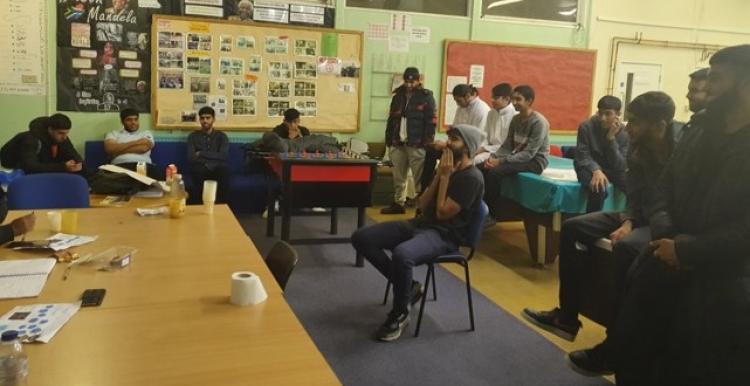What is accessing healthcare like for young people in Burngreave?

Saalik Youth Project work with young Pakistani Muslim people living in and around Burngreave. They wanted to find out what it's like for young people accessing healthcare in the area - and if there are any particular cultural or religious barriers having an additional impact. Altogether they spoke with 11 young men aged 17-20, and 15 young women aged 13-26.
We explore some of the key findings below - you can find the full report linked at the bottom of this page.
What makes it harder for young people to access healthcare?
Appointment systems and location of services were the biggest barriers - GP appointment systems in particular don't always work around school, college or work. Young people have to phone in the morning when they might already be at school, and can't often answer a telephone appointment, especially when they aren't given a proper time slot to expect it. Services being far away is also an issue for young people, who are more likely to be reliant on walking or public transport. Waiting times causing delays to care, and the rising cost of living were also factors that impacted people's health and wellbeing.
Additional issues impacting on young Pakistani Muslim people
People told us that in and around Burngreave, health professionals come from a range of backgrounds and ethnicities; this contributes to young people not feeling their ethnicity creates additional barriers for them.
Young women felt more strongly than young men about the importance of being able to see a doctor of the same gender - but did not describe that this had caused any major issues or delays in the past.
The bigger issue we heard about was young people having to go along with older relatives to act as interpreters at their appointments - this was often difficult due to timing issues with school or college, and is a lot to ask of young family members; it is more appropriate for services to book an independent interpreter but this doesn't always happen.
The internet can be a useful tool for health - but must be used with caution
Young people use the internet for a whole range of health and wellbeing purposes - from tracking steps, sleep, nutrition and water intake, to searching for information about particular symptoms or health issues. They felt it was important to have access to all of this - and spoke about negative social impact for people who didn't have smartphones or social media - but were aware that relying too heavily on the internet could cause problems. We spoke about body image in relation to social media, the impact of spending a long time on your phone or gaming instead of going out or meeting friends, and the risk of getting information from inaccurate or misleading sources.
Steps to improve local services
Based on the full findings - including those above - we've made recommendations to the people who design, pay for and deliver services. These focus on:
- Flexibility around time and location of appointments
- Good communication and clear explanations
- Booking appropriate interpreters for family members
- Outreach work to show young people how to get involved in health and care
- Engaging with young people online about health and wellbeing
Find out more
To find out more about Saalik Youth Project's findings, and our recommendations for change, read the full report on our website.


